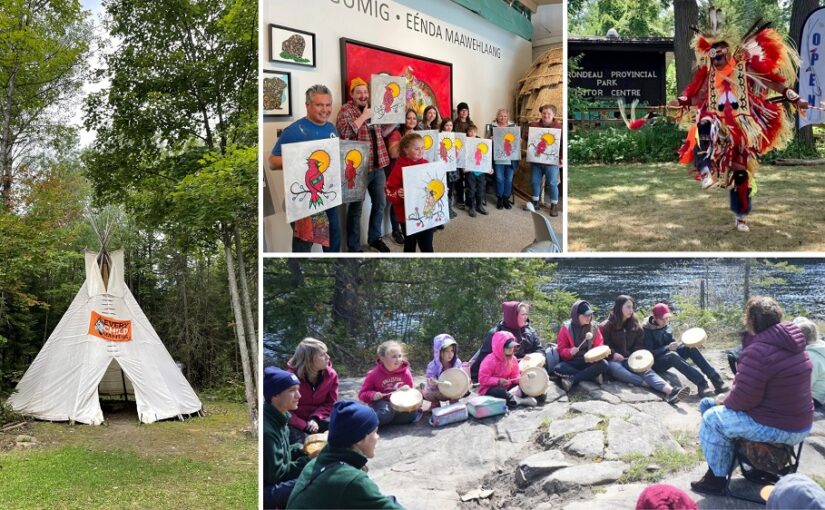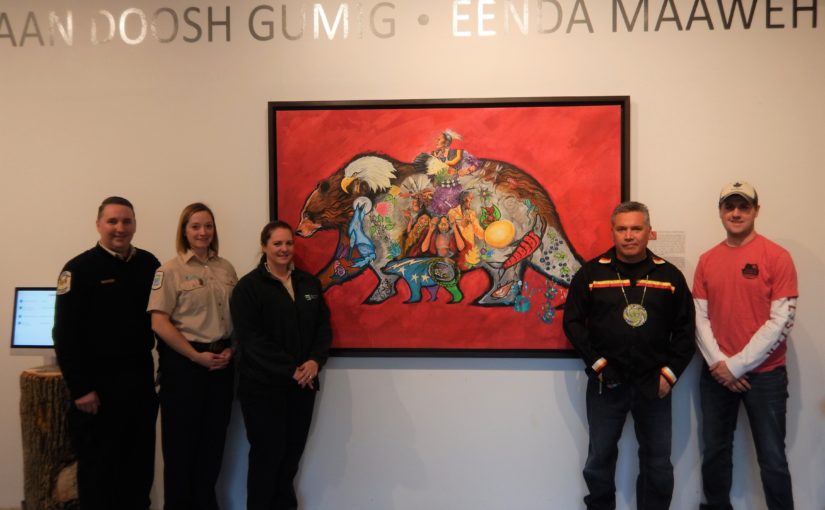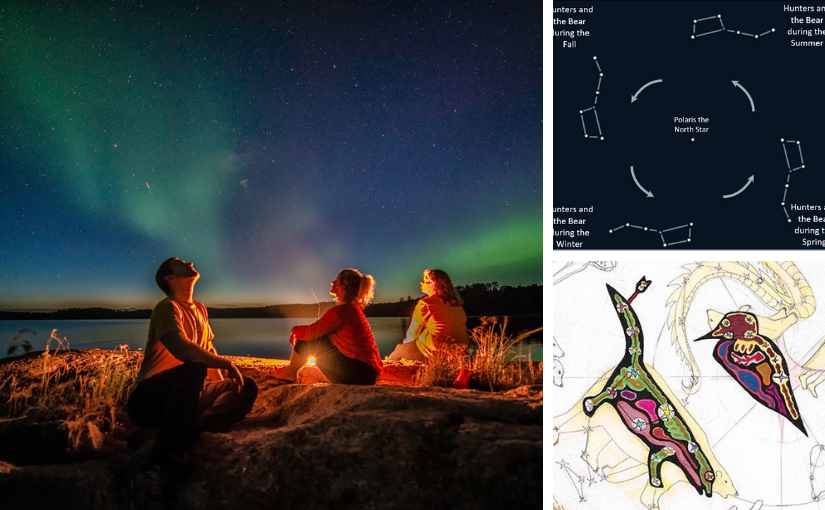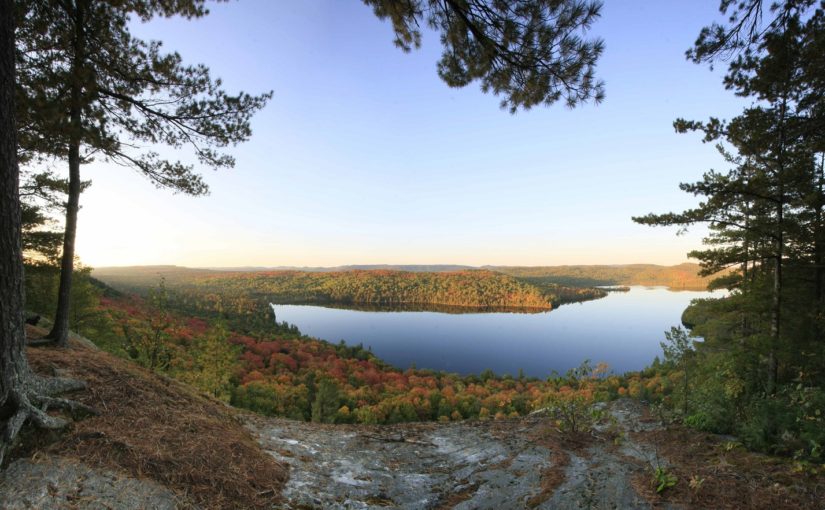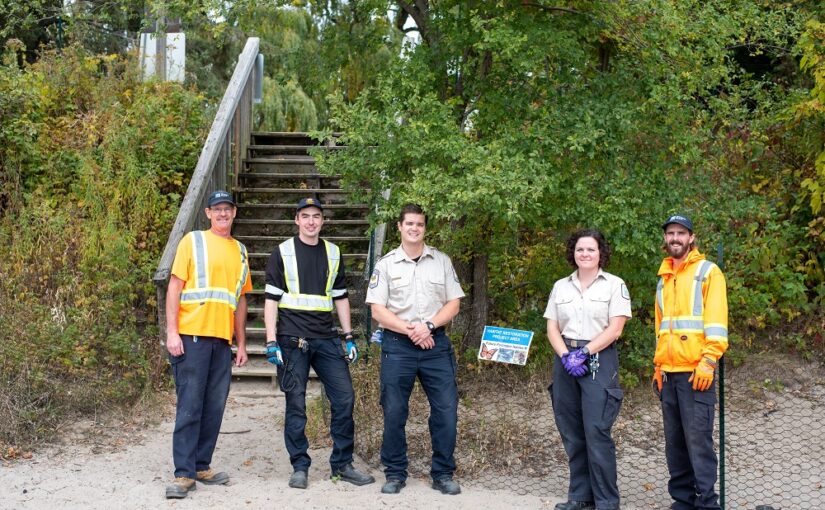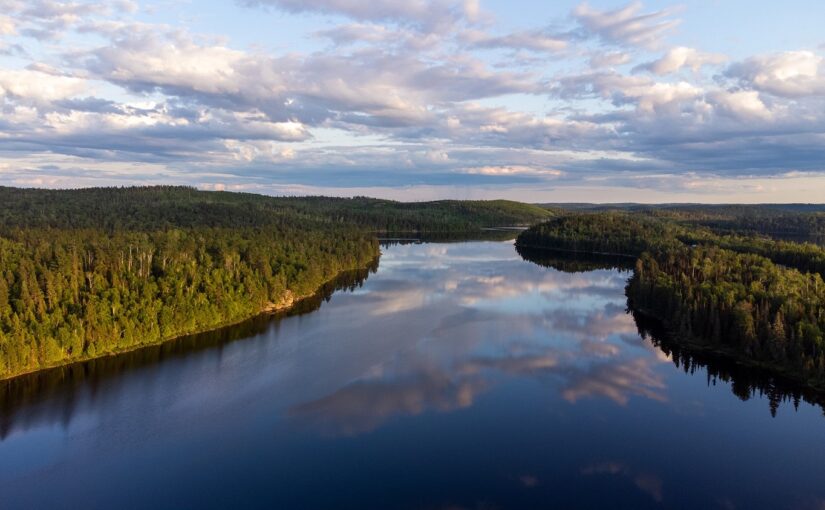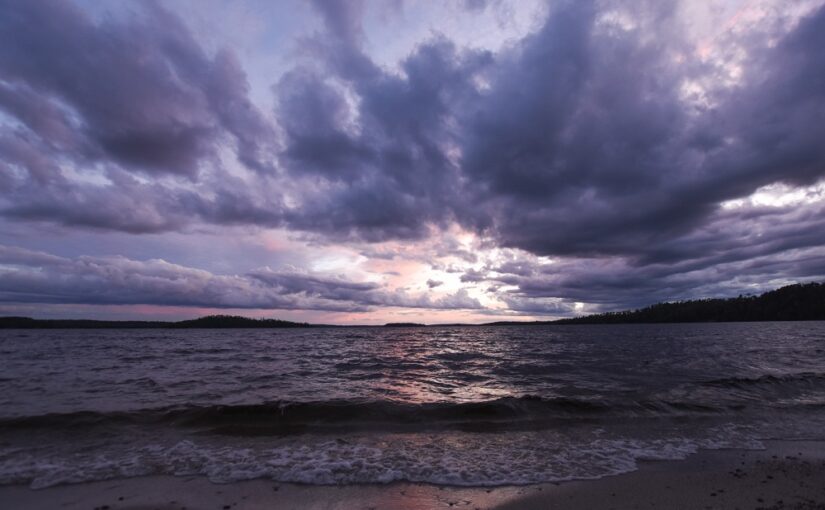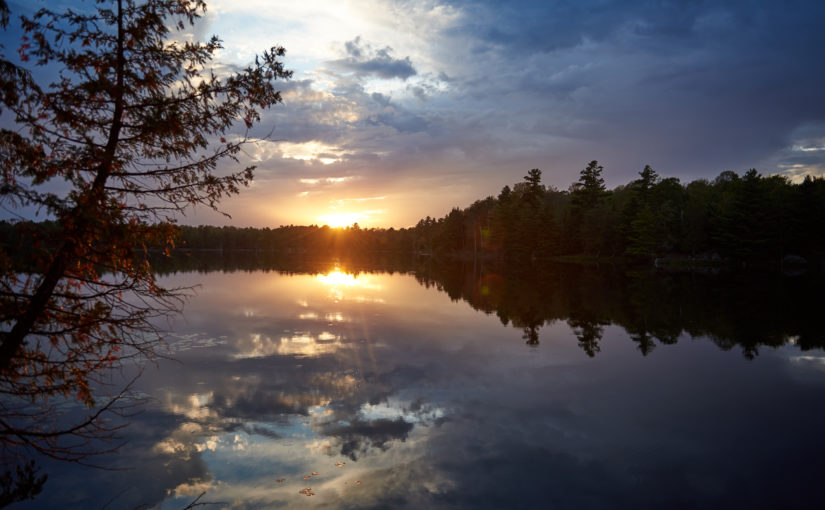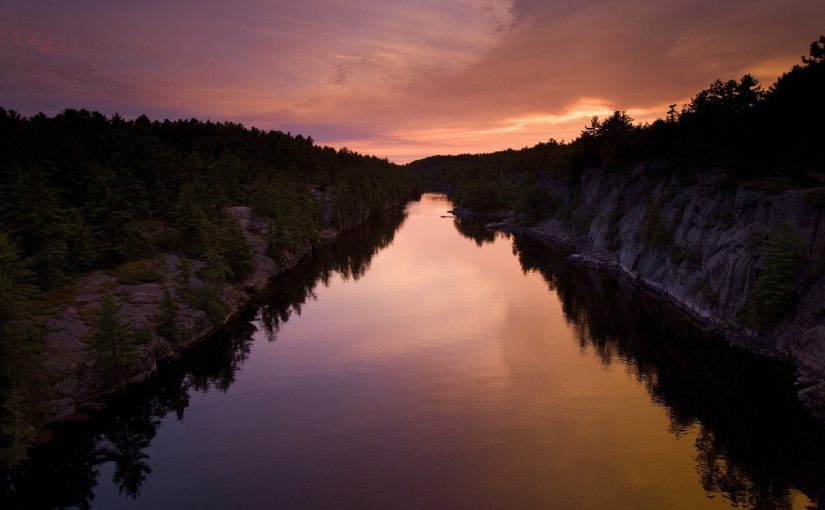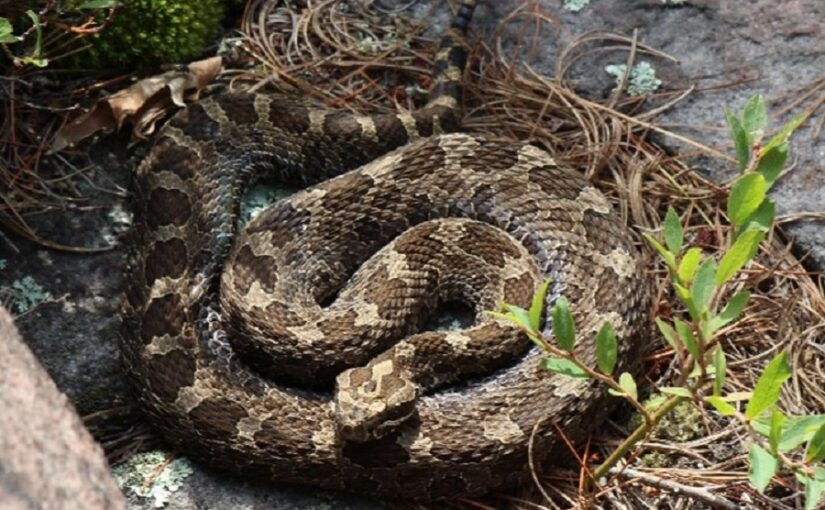Today’s post comes from DJ Fife, a park warden at Petroglyphs Provincial Park. DJ takes every opportunity available to promote the preservation of Anishinaabemowin during programs at the park and in everyday life. DJ has taught Anishnaabemowin for several semesters at Georgian College in Barrie and during several other cultural events.
Anishinaabemowin has and always will play a major role in my life.
I have been fortunate to have the circumstances to pursue my traditional language to the extent that I have. Some people describe me as fluent, but I try to avoid such a label. I will always have more to learn, and frankly I can still have a hard time following along when listening to first language speakers.
In any case — at 28 — I am among a very small number of young Anishinaabe people who have the ability to converse in our traditional language.
But there are many thousands of people who are seeking to learn.
Continue reading A brief introduction to Anishinaabemowin
